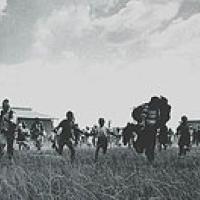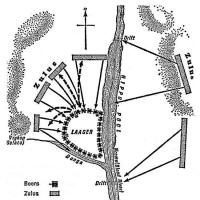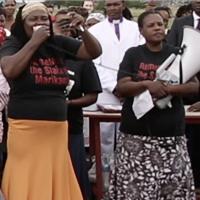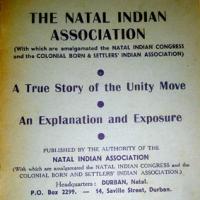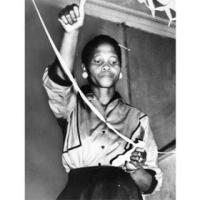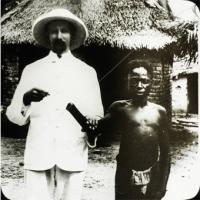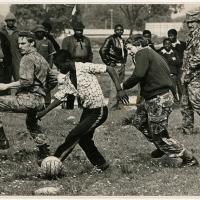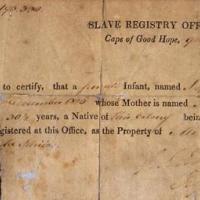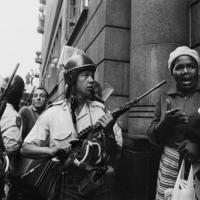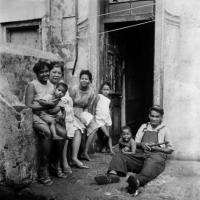Document Preview
The political importance of women’s food committees in Cape Town during the 1940s has been emphasised by both Cheryl Walker and Tom Lodge. According to Lodge, through the development of food committees in the Western Cape, protests over subsistence issues and food supply escalated into demands for popular suffrage. The motto of the food committees became ‘Today we fight for food, tomorrow for the vote and then for freedom for all’.
The fruit-canning industry in South Africa can be traced to the late nineteenth century, when the first jam factories opened in Paarl and Stellenbosch in the Western Cape. Fruit canning began in the early twentieth century, when the demand for canned food led to an increase in production by 400 per cent (Cameron, 1986: 90).
